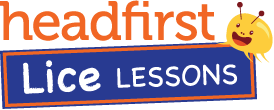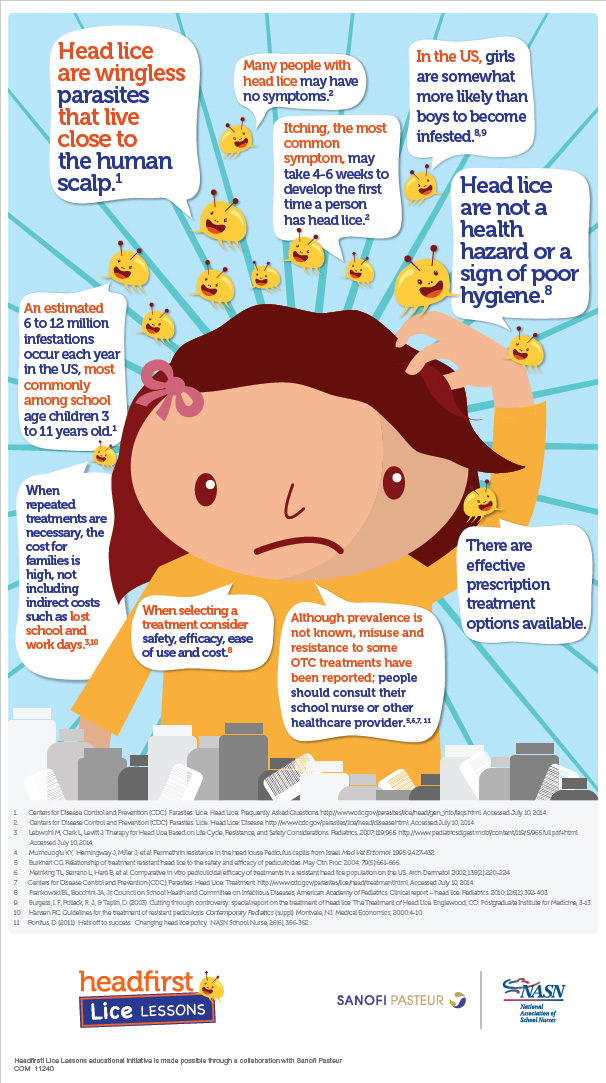Find
head lice
School nurses
and staff play an important role in detecting head lice.
How and Where Do You Find Head Lice?
Each year, about one out of every 100 elementary school students will become infested with head lice. At any point in time, one to three percent of children in elementary school may have head lice. During an outbreak, the percentage of children with lice may be as high as 25 percent. Even though most head lice transmissions occur in the home or community settings, school nurses and staff play an important role in detecting head lice.
Lice and nits are most commonly found behind the ears and near the neckline at the back of the head. Most head lice cases are diagnosed after careful inspection of the hair and scalp. Helpful tools for finding nits and lice include a good light, a magnifying glass, a fine-toothed, louse (nit) comb and a liquid, such as water or hair conditioner (which may help slow down crawling lice).
When checking for head lice, you may see nits (eggs), baby lice and/or adult lice. The nits attach to the hair shaft and cannot be brushed off. After the baby lice (nymphs) grow into adults, they are the size of sesame seeds. Finding live nymphs or adult lice on the scalp or in the hair is an indication of an active infestation.
If head lice or nits are found in your child's hair or scalp, it is important to talk to a school nurse or other healthcare provider to get appropriate care.

